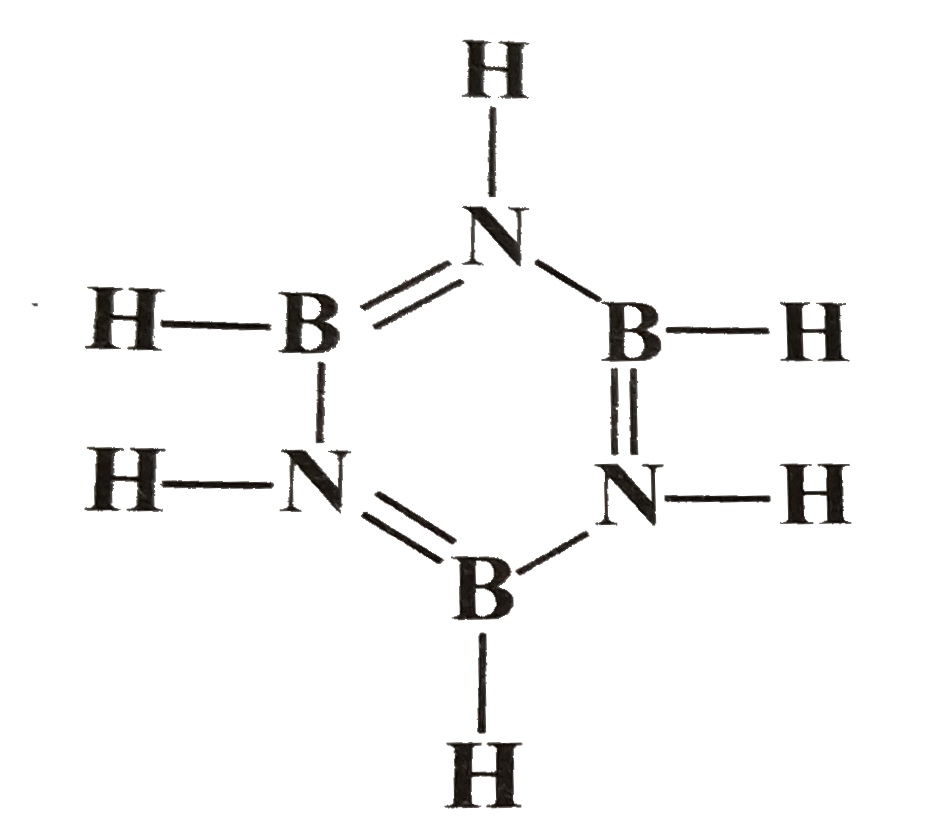Solve the cryptarithm: ON+ON+ON= GO
We have,
3×ON=Since GO is a two-digit number so it can have a maximum value equal to 99.
3×ON=GO
3×ON is at most equal to 99
ON is almost equal to 33
O is at most equal to 3
O is equal to 1or 2 or 8 [O can not be zero as ON is a two digit number]
Case I: O=1
Putting O=1 In equation (i)
3×N=1 or, 3×N = a two-digit number having O at the units place.
Putting N=7 in 10, use get
3×17=G1
O=1,G=5and N=7
Case II When D=2
Putting O=2 in (ii) we get,
3×2N=G2- (iii)
3N = a two digit number having 2 at units place.
N=4
Putting N=4 in (iii), weget
3×24=G2
or G2=72
O=7
D=2=7 and N=4
Case III:
When O=3
Putting b=3 in (i) we get,
N=1
Thus, we have following solutions of equation
(1) O= 1 ,G = 5 , N = 7
Topper's Solved these Questions
Similar Questions
If O and O′ are circumcentre and orthocentre of ABC, then →OA+→OB+→OC equals
a.2→OO' b. →OO' c. →O'O d. 2→O'O
View SolutionLet G1,G2andG3 be the centroids of the triangular faces OBC,OCAandOAB, respectively, of a tetrahedron OABC. If V1 denotes the volumes of the tetrahedron OABCandV2 that of the parallelepiped with OG1,OG2andOG3 as three concurrent edges, then prove that 4V1=9V1.
View Solution
Knowledge Check
G N I N O S A E : R E A S O N I N G : : E C N A M O : ?
AR A C I A LBR E A S O N SCR I G O U R SDR O M A N C EThe formal charge on the O-atoms in the ion [:⋅⋅O=N=⋅⋅O:]+ is
A−1B+1C−1D0If M : N = 3 : 5 and M : O = 3 : 7, then what is (M + N) : (N + O)?
A5:4B2:3C6:5D4:5
Let f:N→N:f(x)=2x,g:N→N:g(y)=3y+4
and h:N→N:h(z)= sin z
Show that h o ( g o f) = (h o g ) o f .
View SolutionCalculate the resonance energy of N2O from the following data :
ΔH∘f of N2O=82kJmol−1, Bond energies of N≡N, N=N,O=OandN=O bonds are 946, 418, 498 and 607 kJmol−1 respectively.
View SolutionBy completing the following structures, adding unshared e− pairs when necessary calculate the charges
(a) N≡C−≡N
CI−C≡N

⎡⎢ ⎢⎣O−O∣∣CI∣∣O−O⎤⎥ ⎥⎦Θ
 .
.
View SolutionCalculate the resonance energy of N2O from the following data :
ΔH∘f of N2O=82kJmol−1, Bond energies of N≡N, N=N,O=OandN=O bonds are 946, 418, 498 and 607 kJmol−1 respectively.
View SolutionM : N = 2 : 7 and M : O = 4 : 3, then what is (M + N) : (N + O)?
View Solution

